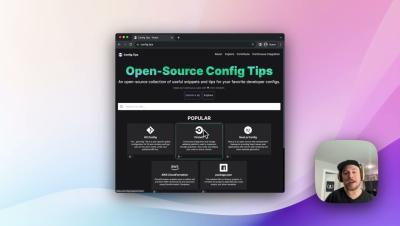Sharing data across hybrid cloud and local CI/CD environments
This short tutorial demonstrates how you can work on data stored on your own infrastructure or in hybrid cloud CI/CD environments using CircleCI’s shared workspaces functionality — without having to configure VPNs, SSH tunnels, or other additional infrastructure.











